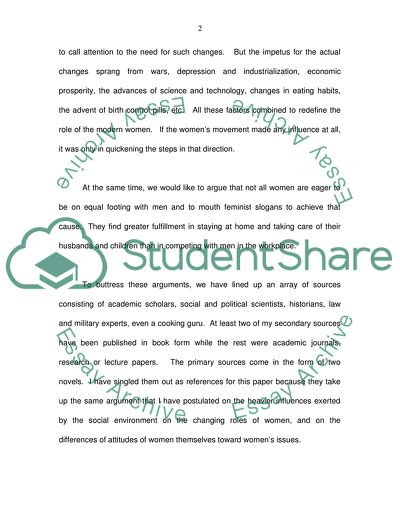Cite this document
(The Change of Women's Roles in Their Family in the United States Term Paper, n.d.)
The Change of Women's Roles in Their Family in the United States Term Paper. Retrieved from https://studentshare.org/social-science/1704610-the-thesis-driven-essay-about-the-change-of-womens-roles-in-their-family-in-the-united-states
The Change of Women's Roles in Their Family in the United States Term Paper. Retrieved from https://studentshare.org/social-science/1704610-the-thesis-driven-essay-about-the-change-of-womens-roles-in-their-family-in-the-united-states
(The Change of Women'S Roles in Their Family in the United States Term Paper)
The Change of Women'S Roles in Their Family in the United States Term Paper. https://studentshare.org/social-science/1704610-the-thesis-driven-essay-about-the-change-of-womens-roles-in-their-family-in-the-united-states.
The Change of Women'S Roles in Their Family in the United States Term Paper. https://studentshare.org/social-science/1704610-the-thesis-driven-essay-about-the-change-of-womens-roles-in-their-family-in-the-united-states.
“The Change of Women'S Roles in Their Family in the United States Term Paper”, n.d. https://studentshare.org/social-science/1704610-the-thesis-driven-essay-about-the-change-of-womens-roles-in-their-family-in-the-united-states.


